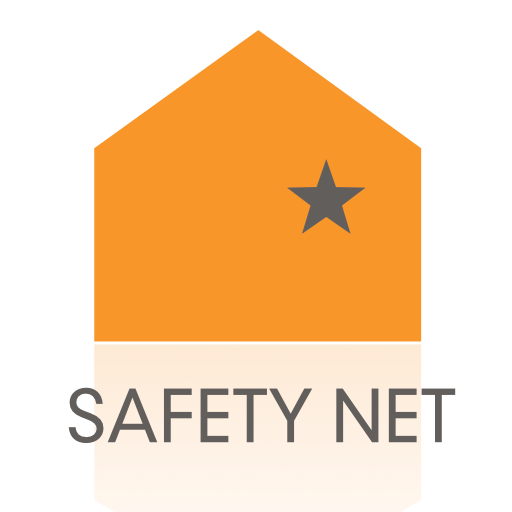In February, a New York court dismissed a case against a man who posted nude images of his ex-girlfriend online by sharing them on his twitter account and emailing them to her employer and family. While his actions were reprehensible he faces no punishment because, unfortunately, legal limitations in New York, and many other states, do not currently make what he did criminal. But that is changing.
When sexually explicit images are uploaded online and distributed without consent of the person in the image, it’s often done as a tactic of abuse meant to cause humiliation and harm to the person. Many of these images may have been taken or originally shared with someone else under the expectation of privacy and within a trusting relationship. Some images may have been captured without the victim’s knowledge. In either case, it is an unacceptable violation of trust and privacy. This abuse has been coined “revenge porn,” a term that has been getting a lot of media lately.
Whether the victim willingly took or originally shared the image is irrelevant. Sharing a picture with one person does not mean consent was given for mass, public distribution of the image, and it definitely is not a green light for the person who received the picture to do what they please with it. We make many decisions that can have severe consequences if someone we trusted abused that trust. I can give my neighbors a key to my house and still have a personal and legal expectation that they will not steal from me when I’m not home. I can give a store employee my credit card and expect that will only use the information to finalize the purchase that I have requested. If they do, I am legally protected.
We must stop blaming the victim and start holding abusers accountable in these cases. The person who shared these images with the intent to harm, injure, humiliate, and abuse. By focusing on the victim’s actions and questioning why the victim shared the picture in the first place, as Mary Anne Franks, a law professor at the University of Miami said, "…what we're really saying is if you're sexual with one person, society is entitled to treat you as sexual for all purposes…”
Fortunately, the perception of this behavior is changing, as is the legal landscape around it. Due to the strength and determination of many survivors, states have begun drafting and enacting legislation to address this issue.
Read our new handout on Images, Consent, & Abuse for more detailed information on this issue and tips for survivors. Additional resources can also be found at withoutmyconsent.org. This issue has gained momentum and attention recently as people speak up and speak out. Learn more at the above links and share to continue the conversation.


